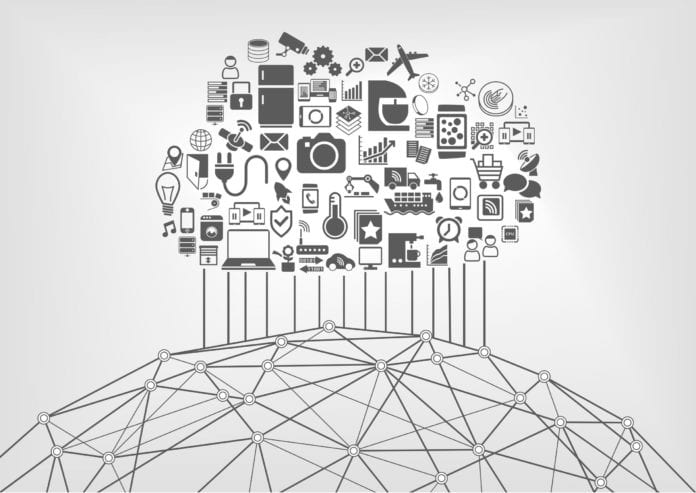Many sensor types for the many IoT use cases.
Sensors are the troops of the “internet of things,” the on-the-ground pieces of hardware doing the critical work of monitoring processes, taking measurements and collecting data. They are often one of the first things people think of when picturing IoT.
The decreasing price of these tiny devices is helping keep IoT deployment costs low and enabling a myriad of use cases. But not every sensor is made the same and every IoT installation requires a specific type of sensor. We will take a look at several different sensor flavors and their corresponding use cases.
Temperature sensors
These devices can be used in nearly every IoT environment, from the factory floor to agricultural fields. In manufacturing, these sensors can continually measure the temperature of a machine to ensure it stays within a secure threshold. On the farm, they are used to track the temperature of soil, water and plants to maximize output.
Proximity sensors
These sensors detect motion and are frequently used in a retail setting. A retailer can use a customer’s proximity to a product to send deals and coupons directly to their smartphone. Proximity sensors can also be used to monitor the availability of parking spaces in large venues like airports, malls and stadiums.
Pressure sensors
Agriculture is the biggest user (and waster) of water in the world. Farmers use 70% of the world’s freshwater, but 60% of it is wasted due to leaky irrigation systems, inefficient applications methods and the cultivation of thirsty crops, according to the World Wildlife Fund. Pressure sensors can be used to determine the flow of water through pipes and notify the correct authority when something needs to be fixed. They are also used in smart vehicles and aircraft to determine force and altitude, respectively.
Water quality sensors
Precision agriculture, water treatment and rainwater quality monitoring – just a few of the more common applications requiring water quality sensors.
Chemical/smoke and gas sensors
These devices can be used for air quality control management in smart buildings and throughout smart cities.
Level sensors
Level sensors detect the level of liquids and other fluids including slurries, granular materials and powders that exhibit an upper surface. Level sensors can be used for smart waste management and recycling purposes. According to Senix, other applications include measuring tank levels; diesel fuel gauging; liquid assets inventory; high or low level alarms; and irrigation control.
IR sensors
Infrared vision has several applications. It can visualize heat leaks in houses, help doctors monitor blood flow, identify environmental chemicals in the environment and can be integrated with wearable electronics.
Endless sensing capabilities
This is a look at a few of the most common applications of sensors for IoT. Of course, autonomous vehicles are filled with sensor technology, including force/load/torque/strain sensors; motion/velocity/displacement/position sensors; and vibration and shock sensors.
Even with these additions, there exist dozens, if not hundreds, of other measurements that can be taken by sensors. A quick Wikipedia search of sensor types could leave you with weeks of investigation.

